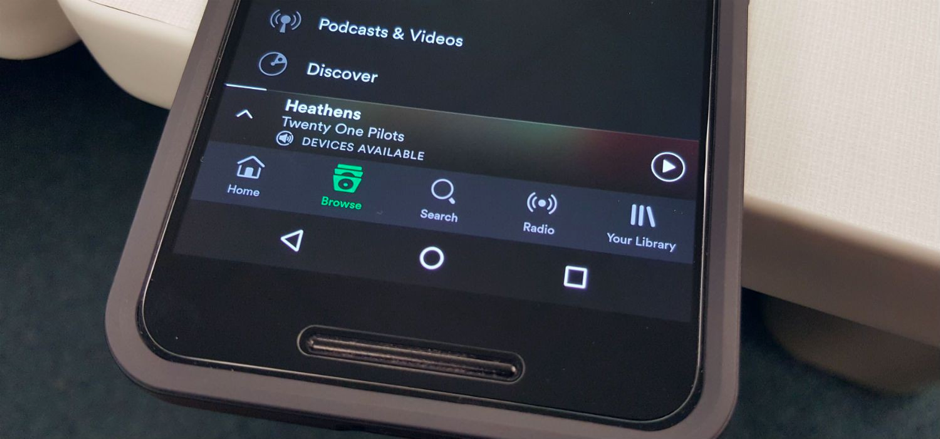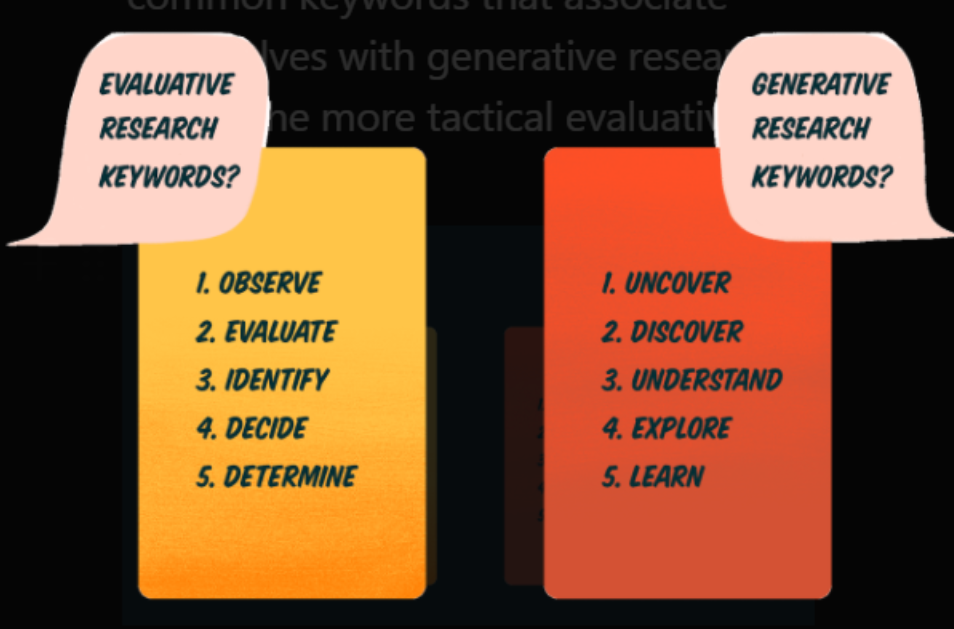
Design sprints provide a framework that allows for rapid development of new products and services. They combine the art and innovation of design thinking, with the discipline of business strategies. It requires a lot of time and involves prototyping as well as brainstorming. While traditional UX practices often involve months of research and development, design sprints produce testable prototypes in less than a week. This allows start-ups avoid risky feature introductions, and provides valuable testing data to existing products.
Both small and large businesses can use Design Sprints. They help to dismantle traditional committee-based decision making and foster collaboration. The method can be used by teams to create momentum and find new solutions to their problems.

Planning ahead is key to a successful sprint. It is important to fully understand your problem before you plan. You should first map your goal and define your scope. It is also important to plan your customer journey. If your target market is females you might consider making your product more appealing to them. Also, think of possible solutions.
Your budget is important if you are planning to use a sprint design to redesign an existing product. There are many variables that you will need to address. Your goal is maximizing your user's experience while keeping costs down.
Getting the right people involved in your sprint can make a big difference. An ideal team includes a decision maker, facilitator, and designer. These roles need to have a clear understanding of the problem, and be prepared to work together.
The sprint's first day should be spent establishing a long-term goal. They should also begin to brainstorm possible solutions. They should have a better understanding of the problem by the third day.

On the fourth and final day, the team will build a prototype. They should also conduct user testing. When the team is ready, they should start recruiting potential customers to test the prototype. The team should then create a storyboard for their final product. The team should review their results and discuss their patterns. The sprint will end with the team having a prototype that can be used by the organization.
Participants should use the Design Sprint template throughout the sprint to organize all of their ideas. Participants can upload images and sketches to the template. They can also vote for their favorites ideas. Each participant should also provide feedback on the ideas that were presented.
Your sprint should be five days long. Some sprints take less time than others. You must ensure that your team is well prepared and that you have enough time to complete each phase. Preparation is just as important as the sprint itself.
The design sprint method is flexible and can easily be tailored to any organization's requirements. It's an excellent way to rapidly generate momentum.
FAQ
What is the cost of creating an ecommerce website?
This will depend on whether you are using a platform or a freelancer. eCommerce websites start at about $1,000.
Once you have chosen a platform, expect to pay between $500 and $10,000.
The average cost of a template will not exceed $5,000. This includes any customizations that you might need to suit your brand.
How much do web developers make?
A website is a project you can work on for your own money. You'll likely make $60-$80 an hr. But if you want to charge a lot more, you should consider becoming an independent contractor. A typical hourly rate for a freelancer could be between $150 and $200.
Does A Good Portfolio Make Me More Likely To Be Hired As A Web Developer?
Yes. A portfolio is essential when landing a web designer or developer job. Your portfolio should show examples of your skills, experience, and knowledge.
A portfolio usually consists of samples of your past projects. These samples can show off your ability to do any task. Include everything: mockups; wireframes; logos; brochures; websites and apps.
Can I create my own website with HTML & CSS?
Yes! If you've followed the steps, you should now be able create your website.
Now that you know how to create the structure of a website, you'll also need to learn some HTML and CSS coding.
HTML stands for HyperText Markup Language. This is like writing a recipe. It would list the ingredients, directions, and how to do it. HTML allows you to indicate to a computer which portions of text are bold, italicized and underlined. It also lets you know which part of the document is linked. It is the language of documents.
CSS stands for Cascading Style Sheets. It's like a stylesheet for recipes. Instead of listing out each ingredient and instruction, you write down general rules for things like font sizes, colors, spacing, and more.
HTML tells a browser how to format a webpage; CSS tells a browser how to do it.
Don't be afraid to ask questions if you don’t understand any of these terms. Follow the tutorials below, and you'll soon be making beautiful websites.
Statistics
- When choosing your website color scheme, a general rule is to limit yourself to three shades: one primary color (60% of the mix), one secondary color (30%), and one accent color (10%). (wix.com)
- Is your web design optimized for mobile? Over 50% of internet users browse websites using a mobile device. (wix.com)
- In fact, according to Color Matters, a signature color can boost brand recognition by 80%. There's a lot of psychology behind people's perception of color, so it's important to understand how it's used with your industry. (websitebuilderexpert.com)
- It's estimated that in 2022, over 2.14 billion people will purchase goods and services online. (wix.com)
- Studies show that 77% of satisfied customers will recommend your business or service to a friend after having a positive experience. (wix.com)
External Links
How To
How can I start as a UI Designer
There are two routes to becoming a UI Designer:
-
You can also go to school and get a degree as UI Design.
-
It is possible to start a freelance career.
To go to school, you will need to enroll in college or university for four years. This includes psychology, computer science, marketing, art, and business.
There are also state universities and community colleges that offer classes. Some schools offer tuition-free programs while others charge tuition.
After you graduate, you must find work. If you decide to work for yourself, it is important that you build your client base. Networking with other professionals is important so that they know you are there.
Also, you can look for internship opportunities at companies that are specialized in developing web apps. Many companies hire interns to gain work experience before hiring full-time workers.
It will be easier to land more jobs once you have a portfolio of your work. Your portfolio should include work samples as well as details of the projects that you have worked on.
It is a good idea for potential employers to receive your portfolio via email.
As a freelancer, you will need to market yourself. You can also advertise your services via job boards like Guru, Indeed, Guru, Upwork, and Freelance.
Freelancers receive assignments often from recruiters who post open positions online. These recruiters look for qualified candidates to fill specific positions.
These recruiters often provide a briefing detailing the job requirements to the candidate.
A freelancer is not required to sign a long-term contract. You should negotiate an upfront payment if your goal is to move forward.
Many designers prefer working directly with clients, rather than through agencies. While this may seem ideal, many people lack the necessary skills.
Agency workers often have extensive industry knowledge. They also have access special training and resources that help them produce high-quality work.
In addition to these benefits, agency workers usually receive a higher hourly rate.
The downside to working with an agency is that you won't have direct contact with the employer.
A UI designer must be self-motivated, creative and flexible.
Excellent communication skills are also required.
UI designers are responsible in designing websites through the creation of user interfaces (UI), as well visual elements.
They are also responsible for ensuring that the site meets the needs of its users.
This includes understanding the information that visitors require and how the site should function.
UI designers use various tools to create wireframes. Before they begin designing, wireframing allows them to visualize the page's layout.
It is easy to create your own wireframes using the online templates.
Some designers only focus on UI design. Others combine UI and graphic design.
Photoshop is used to edit images by graphic designers.
Adobe InDesign is then used to layout pages and layouts.
Photographers capture images using digital cameras or DSLRs.
They then upload the pictures to a photo editing program where they add text captions, filters, and other effects.
After the shoot, the photographer saves and archives the image in a format compatible with website.
It is important that you consider all aspects of web design when creating a website.
This includes research and planning, wireframing, prototyping testing, coding, content creation and publishing.
Research – Before starting any new project, it is important to conduct extensive research.
Planning - After you have completed your research, it's time to start creating a plan.
Wireframing is a preliminary sketch for a web page, or application.
Prototyping – Prototypes are used to verify that the final product is consistent with the original vision.
Testing - The prototype should undergo multiple rounds of testing to ensure it works properly.
Coding – Coding is the art of writing computer codes.
Content Creation - Content creation covers everything from writing copy to managing social media accounts.
Publishing means uploading files onto a server and making the site accessible.
You'll need to be able to understand the different projects you work on as a freelance UX/UI Designer.
Some companies may only need wire frames while others require complete prototypes.
You may be required to perform specific tasks depending on the project you accept.
For instance, if your job is to create wireframes you might have to make several over the course of time.
If you're required to build a complete prototype of a website, you may also be required to design a fully functional version.
Regardless of the type of project, it's important to have strong interpersonal skills.
Referrals are the most common way that clients hire freelancers. You must establish solid relationships with potential employers.
In addition, you must be able to communicate effectively both verbally and in writing.
A portfolio is an important tool in any freelancer's arsenal.
It showcases your work, and demonstrates your ability deliver high-quality outcomes.
This is possible by creating an online portfolio.
You can find similar websites to yours online to help you get started.
Then, search these sites to see how each one presents its services.
Once you have identified the best practices you believe are most effective, you can start to implement them.
It's also beneficial to include links within your resume to your portfolio.